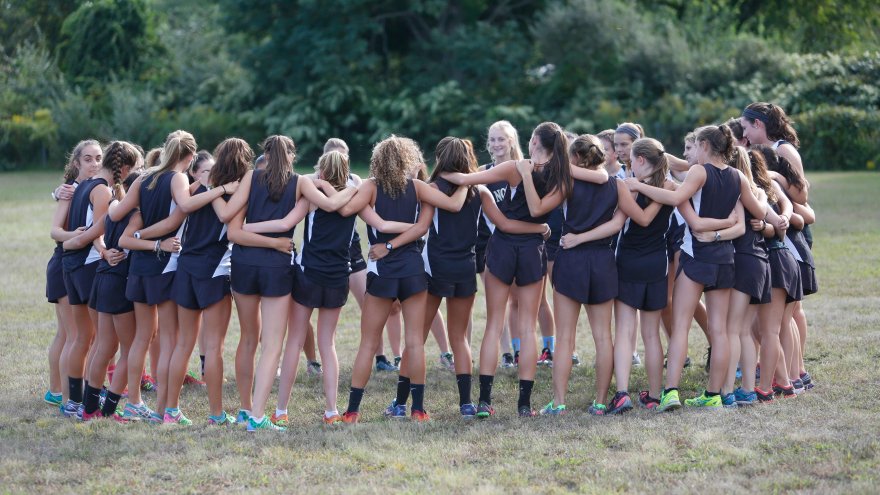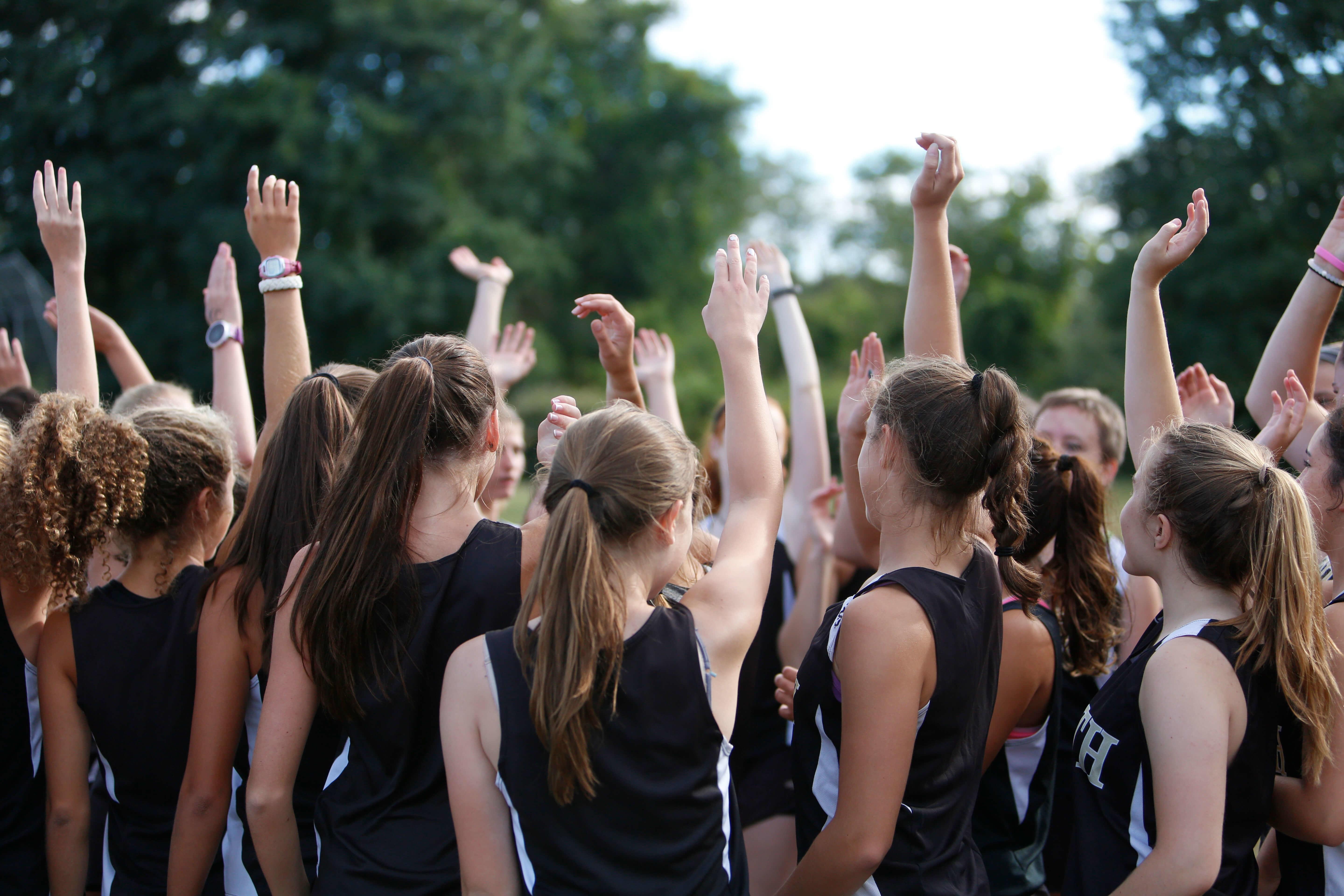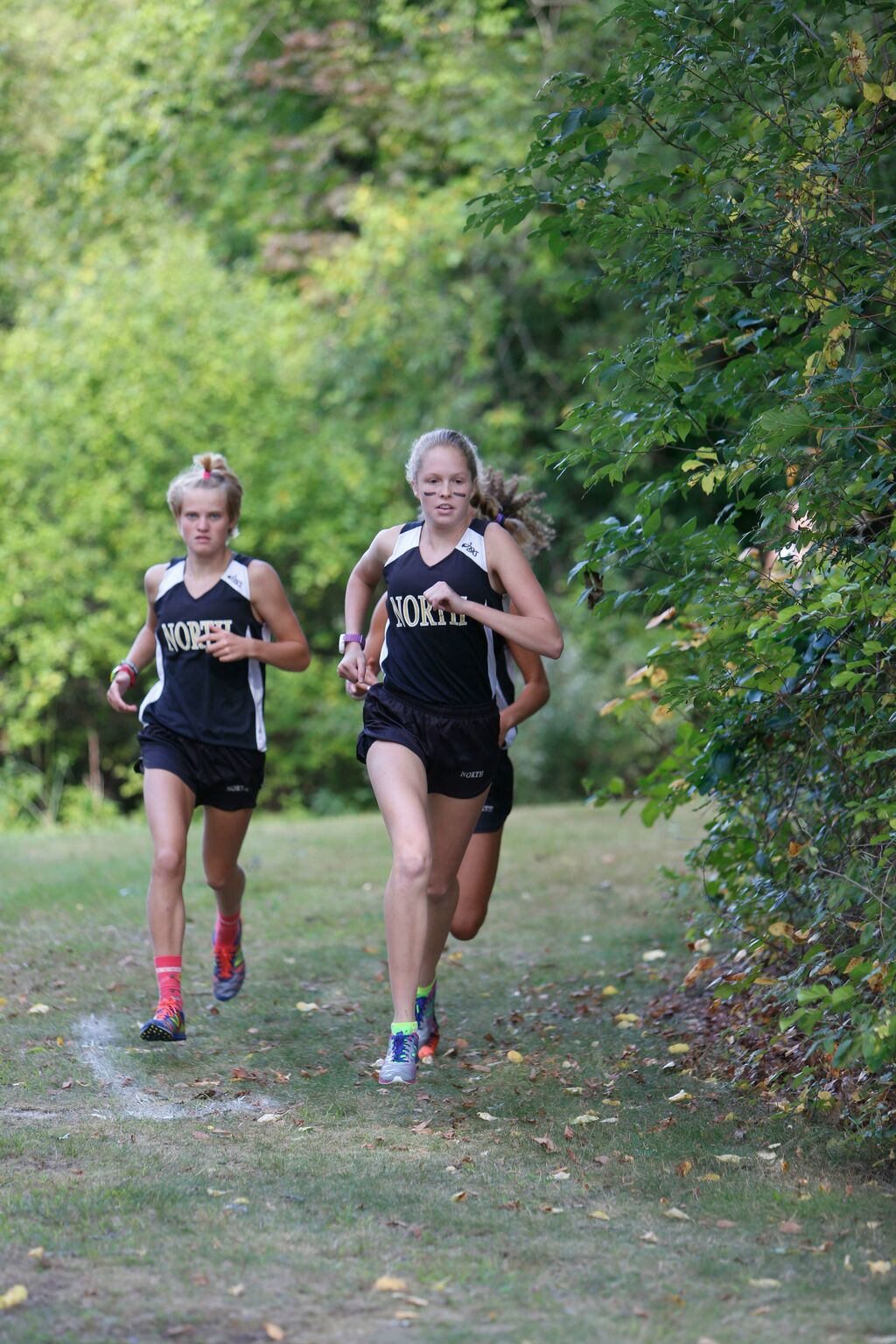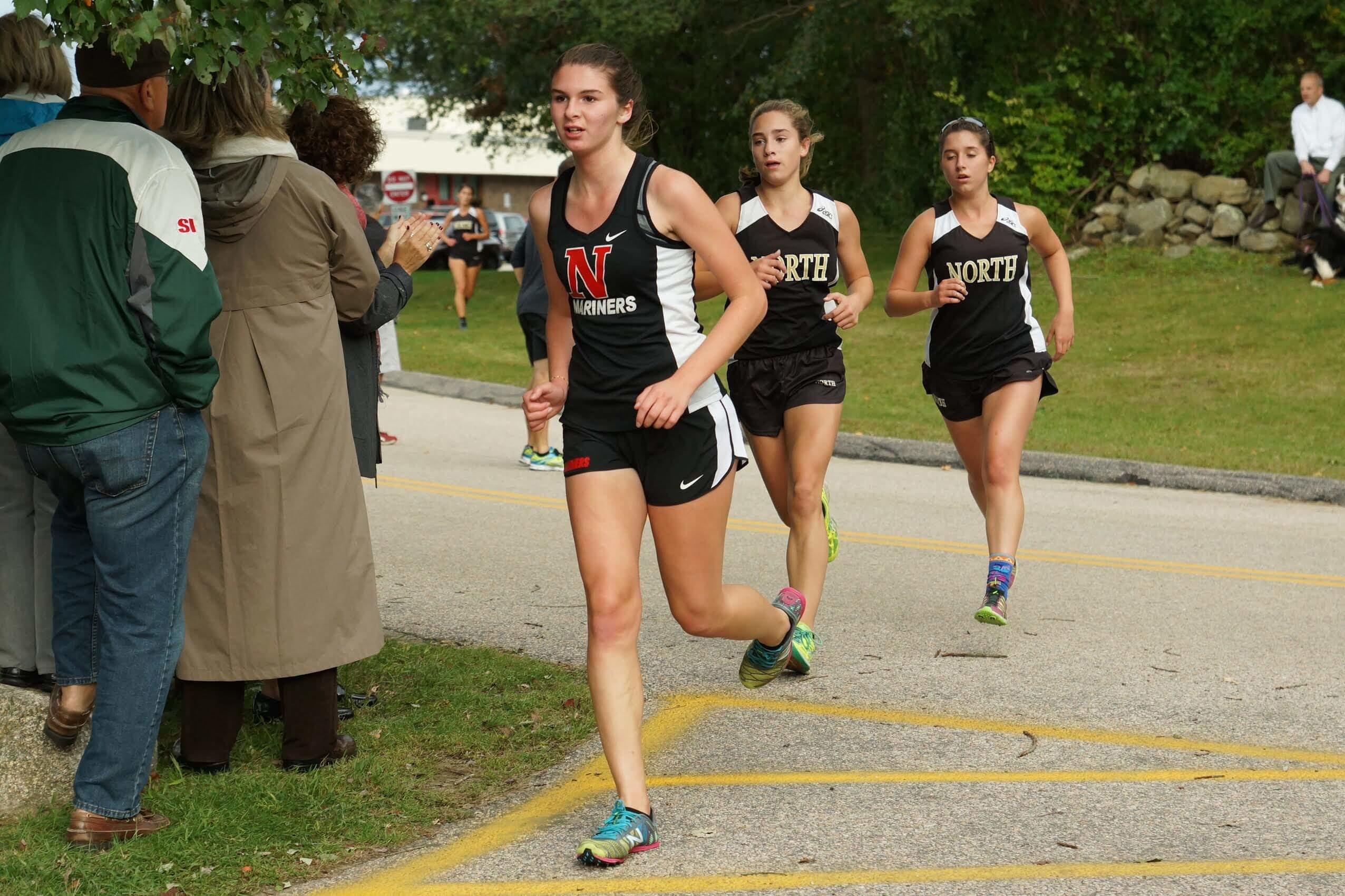Appreciating the Team Dynamic of Cross Country

Those who have once been a part of a Cross Country team were lucky enough to share a unique experience – an experience unlike in any other sport they may have participated in. For the general population, the sport of Cross Country is often misunderstood to be just an individual sport. Even some in the running community hold an opinion that a Cross Country team’s achievements are secondary to that of an individuals. There is a deep understanding of the role a team plays for athletes that compete for an accomplished program. This is true for both the program’s success and the individual’s overall accomplishments.

Consider This
Of the most popular sanctioned sports at the scholastic and collegiate levels Cross Country is the only sport where all the members of the team are performing the same task, at the same time, for the same goal. Cross Country team members often feel it to be the ultimate of all team sports.

Every workout and competition has an element of unavoidable pain each runner has to work through. For other sports you might or might not experience the same level of discomfort in training and competition. In the sport of cross country, pain comes with the territory. In fact, it is guaranteed. In order to cope with the pain, team members often rely on one another for support. This shared experience builds camaraderie and can often galvanize the team together as one.
Team Bonding
Although runners compete at different levels, they have similar if not identical daily workouts. Their warm up routine and supplemental training activities are also in sync with each other. Other teams almost always compete on a structured field, rink, or pool. A Cross Country course is always a different blend of trails, fields, and other open spaces. Athletes compete and share the ever changing experience together.
Some courses favor certain athletes more than others. As an example, a hilly course might favor more of a strength based runner over a faster track athlete. In those conditions the success of the team relies on those athletes stepping up and taking on the role of moving the team ahead.
 Recognizing an athlete’s strengths on a particular course type adds another dimension to the sport.
Recognizing an athlete’s strengths on a particular course type adds another dimension to the sport.
The Scoring
The scoring of a Cross Country meet is very simple. A team’s points are tabulated by adding the finishing place of their top five runners together. The score does not include the sixth and seventh runner. However, they can displace an opponent’s score by placing ahead of any of the opposing team’s top five runners. The team with the lowest score in the meet wins.
An interesting development occurs with this method of scoring. In a large meet, the top two runners of a team could run 20 seconds faster and help their team’s score by a few places. For the third, fourth and fifth runner of a team, a 20 second difference in time is likely to result in a very large scoring change. The third, fourth and fifth runners often find themselves in the “mid pack” area of the race. In this part of the race, it’s crowded allowing many more opportunities to pass runners from other teams. It’s extremely difficult to win in a championship meet if the fifth runner on a team finishes in the back of the pack. As a result, an athlete competing in the fifth position is at the very least as important as the fastest runner on the team.
All Team Members Contribute
Although the sixth and seventh runner play a smaller role in the scoring, they are also very important. Not every race goes as well as planned. There is always a good chance that an illness or injury can effect the outcome of a race. Without prior notice other members of the team are called upon to fill out the top five places in scoring. This ensures the success of the team on a consistent basis.

Most championship races only allow each team only seven runners in competition. There are some meets that allow more than seven. Either way, every competing runner on the team has a purpose pushing, or packing up with a teammate who typically runs ahead of them. This push from behind strategy can effectively improve the entire team’s performance. A teammate pushing another team member during races, and even workouts can collectively benefit each runner on the team.
Cross Country running is contested both at the individual and team level. In most cases, an athlete’s best chance of advancing through a championship meet format is with a strong team performance. For example, only five individual athletes advance from each of the Nike regional meets to the Nike Cross Country National Championship Meet in Oregon. Nike selects a minimum of two full teams from the same regions.
Team Chemistry
Teammates are tackling the same challenges. Athletes form friendships and bonds that are often forged on a much deeper level than might be seen in many other team sports. Team building activities are commonplace such as bowling, movie nights, day trips, pasta parties, etc. This special time together creates a strong atmosphere of support.

The sports media rarely covers cross country, and it’s not a popular spectator sport either. The lack of attention is often disappointing to Cross Country athletes. In some way this is what draws teammates closer together. Teammates have a shared appreciation in the understanding that only they know what they are experiencing and feeling.
The team’s success is very special because everyone on the team contributed to that result. Cross Country is at its best at the team level as success is shared amongst individuals struggling to achieve the same goals together.
Latest Articles
 Is It OK to Use Trail Running Shoes on the Road?While trail running shoes can be used on roads, especially in situations where a runner encounters mixed terrains or pref...
Is It OK to Use Trail Running Shoes on the Road?While trail running shoes can be used on roads, especially in situations where a runner encounters mixed terrains or pref... Is Running on a Treadmill Easier Than Running Outside?Runners have their own preferences, whether it is treadmill running, running outside on the road, or exploring trails. So...
Is Running on a Treadmill Easier Than Running Outside?Runners have their own preferences, whether it is treadmill running, running outside on the road, or exploring trails. So... How to Fix Sore Quads After Running?Rest, ice, gentle stretching, and over-the-counter pain relievers can help soothe sore quads after running. Also, ensure ...
How to Fix Sore Quads After Running?Rest, ice, gentle stretching, and over-the-counter pain relievers can help soothe sore quads after running. Also, ensure ... 10 Fruits With The Most Electrolytes to Replace Sports DrinksThese fruits are high in electrolytes such as potassium, magnesium, and calcium, essential for hydration, muscle function...
10 Fruits With The Most Electrolytes to Replace Sports DrinksThese fruits are high in electrolytes such as potassium, magnesium, and calcium, essential for hydration, muscle function...

